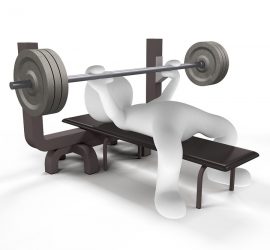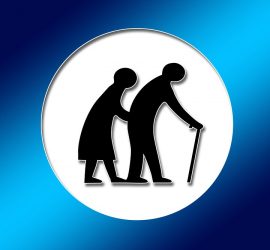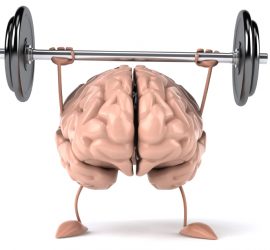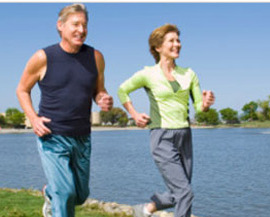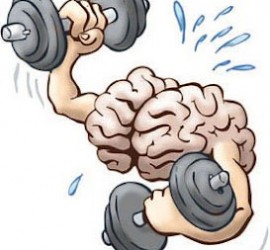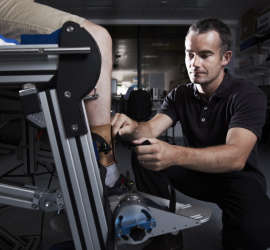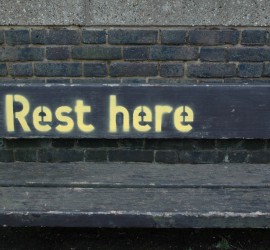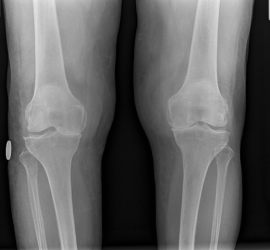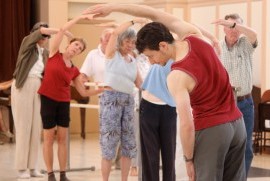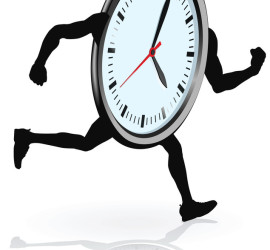Hard and fast: Power training improves walking speed and voluntary activation in mobility-limited older adults
Muscle strength and other measures of physical function decline with age (e.g., Kenny et al. 2013). To overcome these age-related decrements in physical function, physical exercise is recommended (e.g. American College of Sports Medicine 2009; Australian Government Department of Health 2005). Two types of exercise that improve physical function in older adults […]

